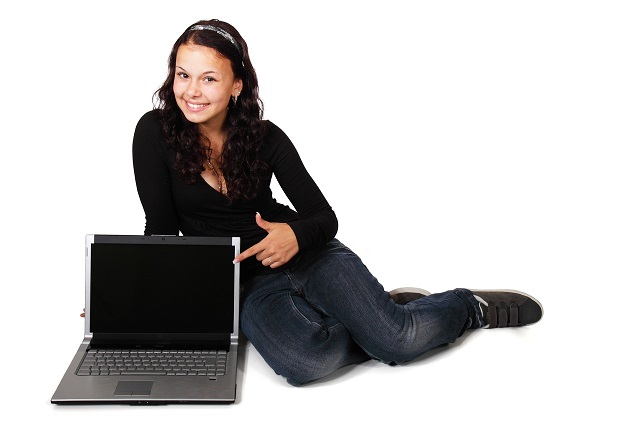Signup

Already Registered?
Looks like you have already registered using the email address supplied.

Contact details |
1 to 9
10 to 100
101 to 200
201 to 500
501 to 1000
1000+
| First name | Last Name | Company | Admin |
|---|
Congratulations!
Your profile is set up and ready for you to use.
Click continue and we'll log you in automatically and get you up and running and show you more faetures to help promote your business online.
What Next?
Your profile is set up and ready for you to use.
Click continue and we'll log you in automatically and get you up and running and show you more faetures to help promote your business online.
What Next?
Connect2business has been designed to help get your business seen online. We have optimised our site for the search engines to see your listing but for this to work best we recommend you add some more content.
Add product images and more details
Add more details about your business, products or services offered. You can also upload photos of your work or products and create product sections to organise the details.
Add a press release
Press releases rank highly in search results. If you have some news about new products, services, contracts won or anything else you want the world to know about then add a free press release. You can do this at any time, just login to your account to add your next free press release.
